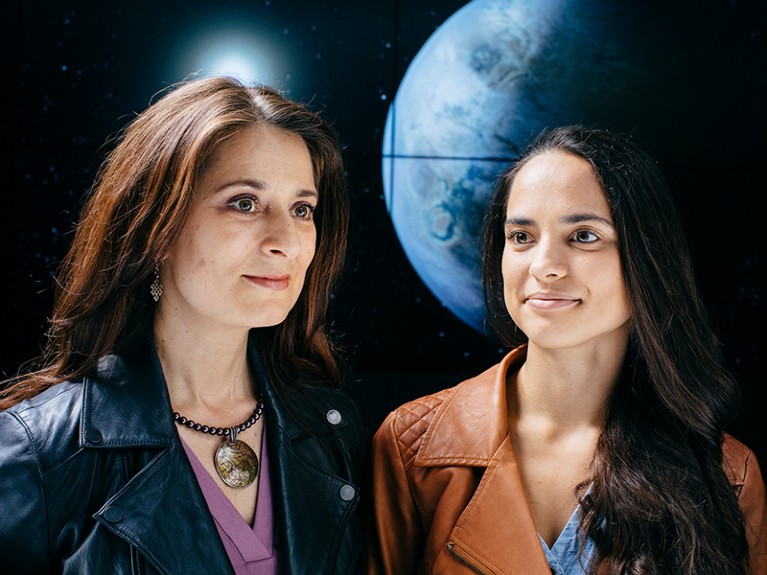
JWST reveals first evidence of an exoplanet’s surprising chemistry
2011 (1)
2016 (1035)
2017 (752)
2018 (978)
2019 (385)
2020 (175)
2021 (235)
2022 (101)
2023 (983)
2024 (800)

Natalie: I was a first-generation college student. I entered UC Berkeley as a business major, not knowing what to do. My perspective changed dramatically when the astronaut Rhea Seddon came to my sorority; she was an alumna of the society. With her as a role model, I asked myself what I’d do if I could do anything. I wanted to work for the space programme. I enrolled in a physics course, and I loved it. Then I learnt the scientific method during a summer internship. The process was addictive, but I needed support and guidance. The path wasn’t obvious. Even writing my PhD dissertation, I didn’t think I was going to be a scientist. I was just doing what I loved, not knowing where it would take me.

JWST reveals first evidence of an exoplanet’s surprising chemistry
Natasha: I started thinking about what a scientist is at a much younger age. When we were young, my mom asked all her kids to draw a picture of an astronaut. (Natasha has three siblings.) I drew this horribly stereotypical picture of a white man. She was horrified that I, the daughter of a female scientist and my dad, a Latinx scientist, fell victim to this stereotype. She made sure I had other role models, such as Sally Ride (the first US woman to fly in space).
